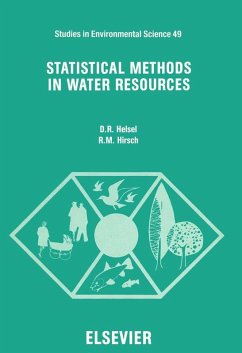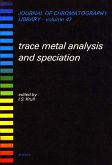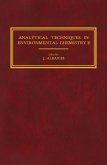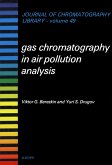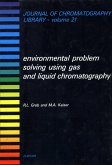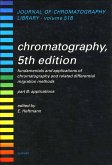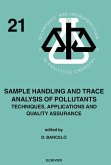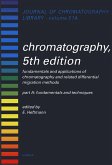The last fifteen years have seen major advances in the fields of exploratory data analysis (EDA) and robust statistical methods. The 'real-life' characteristics of environmental data tend to drive analysis towards the use of these methods. These advances are presented in a practical and relevant format. Alternate methods are compared, highlighting the strengths and weaknesses of each as applied to environmental data. Techniques for trend analysis and dealing with water below the detection limit are topics covered, which are of great interest to consultants in water-quality and hydrology, scientists in state, provincial and federal water resources, and geological survey agencies.
The practising water resources scientist will find the worked examples using actual field data from case studies of environmental problems, of real value. Exercises at the end of each chapter enable the mechanics of the methodological process to be fully understood, with data sets included on diskette for easy use. The result is a book that is both up-to-date and immediately relevant to ongoing work in the environmental and water sciences.
Dieser Download kann aus rechtlichen Gründen nur mit Rechnungsadresse in A, B, BG, CY, CZ, D, DK, EW, E, FIN, F, GR, HR, H, IRL, I, LT, L, LR, M, NL, PL, P, R, S, SLO, SK ausgeliefert werden.

